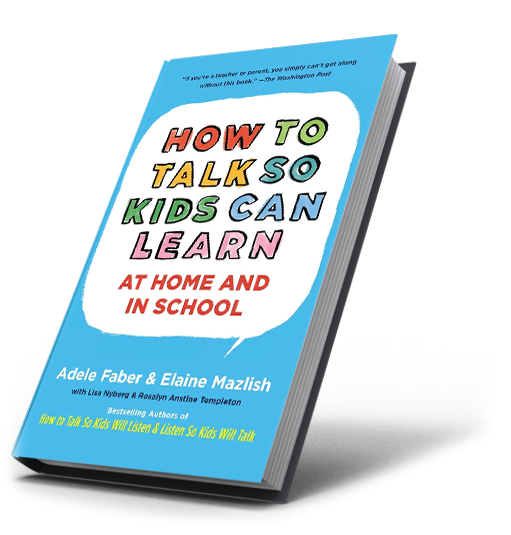When Hurting
Turns to AngerIn an easy to learn process, Rosalyn Anstine Templeton shows how to master anger that frees teachers and parents to teach children self-control, how to use anger effectively to succeed, and ways to make amends.




For Teachers:
When Hurting Turns to Anger: Helping Students
For teachers who struggle daily with trying to teach kids with anger issues, When Hurting Turns to Anger: Helping Students is the book for you.
Dr. Anstine Templeton’s mentor Dr. Nick Long taught his graduate students that forewarned is forearmed. That is what using the anger reducing techniques (ART) shared in When Hurting Turns to Anger does for educators, administrators, counselors, and school personnel-it forearms adults from becoming reactive to students’ anger.
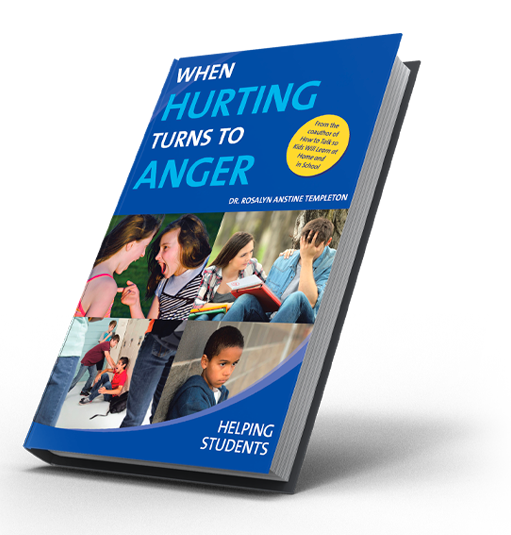
What is ART? It is a seven-step process that helps students talk about their anger and learn ways to handle strong emotions effectively, before they reach the crisis stage. Therefore, ART can be used with any students, in any school. The theory is students can learn skills to handle their anger productively in school rather than becoming overwhelmed, losing control, and cycling into crises.
Using anger reducing techniques educators learn to control their own anger, look beyond the students’ inappropriate behaviors, calm out of control students, get students to talk about their problems, show students how to create plans of success, teach students how to make amends for misbehavior, and hold students accountable for following their success plans.
Internalizing the anger reducing techniques, students learn that kids have a right to learn, kids may not take learning away from others, it’s okay to feel angry, it’s not okay to act out anger inappropriately, there are many ways to productively deal with anger, teachers can teach how to problem solve, it’s a must to have a plan of success, kids must make amends for any hurt they have caused, and they will be held responsible for following their success plans.
In an easy to learn process, Rosalyn Anstine Templeton shows how to master anger that frees teachers to teach students self-control, how to use anger effectively to succeed, and ways to make amends.
Available for Purchase at:
Now Available!
Workbook for Teachers
This workbook is for you if you are a teacher tired of dealing with angry students. Practicing the anger-reducing techniques (ART) will help educators learn how to remain calm and in control to teach students how to handle their anger productively. Teachers will practice the following:
- How to support angry students
- When to encourage angry students to talk
- How to help students understand their anger
- When to help students problem-solve
- How to help students develop plans of success.
- When students need to practice their success plans
- How to prepare students for smooth transitions back into school events
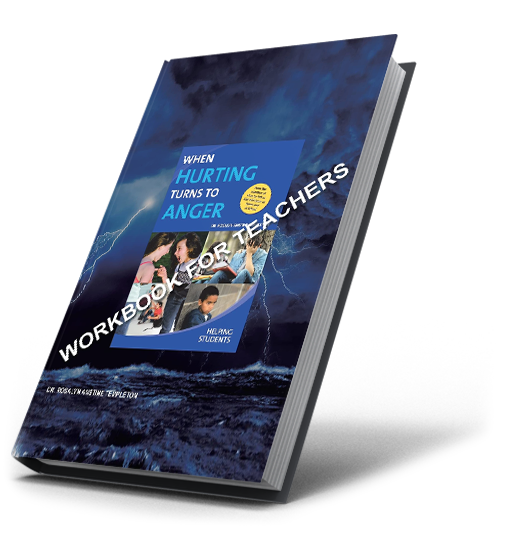
This workbook is used individually or in a group of participants. It is used interactively with When Hurting Turns to Anger: Helping Students. Teachers will review corresponding book chapters for each workbook chapter to refresh their memories and use them as a guide.
The workbook contains exercises to complete, providing practice and cementing the ACT skills in teachers’ minds. Once completed, educators can keep the workbook handy to refresh or review specific skills.
Available for Purchase at:
Testimonials
What Teachers are Saying




For Parants:
When Hurting Turns to Anger: How Parents Can Help Their Kids
For parents, who struggle daily with raising kids with anger challenges, When Hurting Turns to Anger: How Parents Can Help Their Kids is the book for you.
Dr. Nick Long (Anstine Templeton’s mentor) taught his graduate students that forewarned is forearmed. That is what using the anger reducing techniques (ART) shared in When Hurting Turns to Anger does for parents-it forearms them from becoming reactive to their kids’ anger.
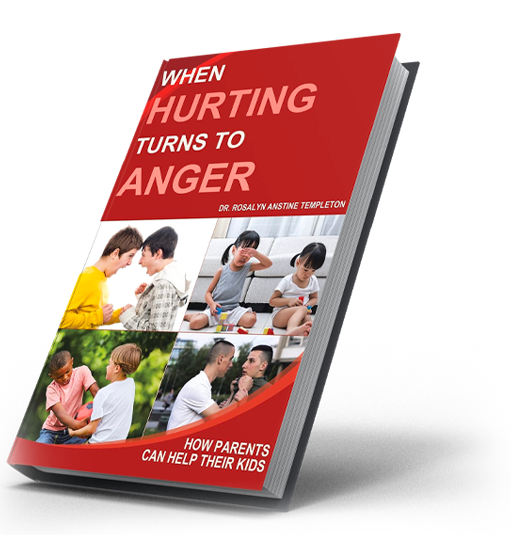
What is ART? It is a seven-step process that helps kids talk about their anger and learn ways to handle strong emotions effectively before they reach the anger stage. The theory is kids can learn skills to handle their anger productively at home rather than becoming overwhelmed, losing control, and cycling into crises.
Available for Purchase at:
Workbook for Parants
If parents want to learn the anger-reducing techniques (ART) to help their kids deal with anger, this workbook will provide the practice. Parents will practice the following:
1. How to support angry kids
2. When to encourage angry kids to talk
3. How to help kids understand their personal anger
4. When to help kids problem-solve
5. How to help kids develop plans of success
6. When kids need to practice their success plans
7. How to prepare kids for smooth transitions back into family events
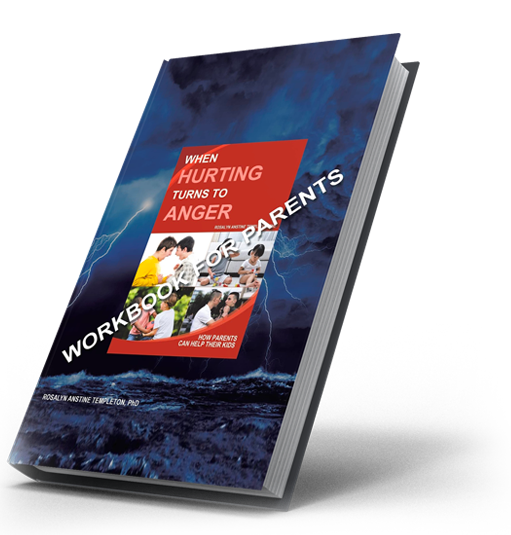
In writing the When Hurting Turns to Anger: How Parents Can Help Their Kids book, I knew that a workbook would help parents cement the concepts more firmly in their minds. Additionally, a workbook would provide a method for practicing the concepts, making them easier to use in families.
This workbook is used individually or in a group of participants. It is used interactively with the When Hurting Turns to Anger: How Parents Can Help Their Kids book. For each workbook chapter, parents will review the corresponding book chapter to refresh their memories and use it as a guide. The workbook contains exercises to complete, which will provide practice and reinforce the skill in parents’ minds. Once completed, keep the workbook handy to refresh or review specific skills.
Available for Purchase at:
Testimonials
What Parents are Saying
How to Talk So Kids Can Learn
The leading experts on parent-child communication show parents and teachers how to motivate kids to learn and succeed in school.
Using the unique communication strategies, down-to-earth dialogues, and delightful cartoons that are the hallmark of their multimillion-copy bestseller How to Talk So Kids Will Listen and Listen So Kids Will Talk, Adele Faber and Elaine Mazlish show parents and teachers how to help children handle the everyday problems that interfere with learning.
This breakthrough book demonstrates how parents and teachers can join forces to inspire kids to be self-directed, self-disciplined, and responsive to the wonders of learning.
